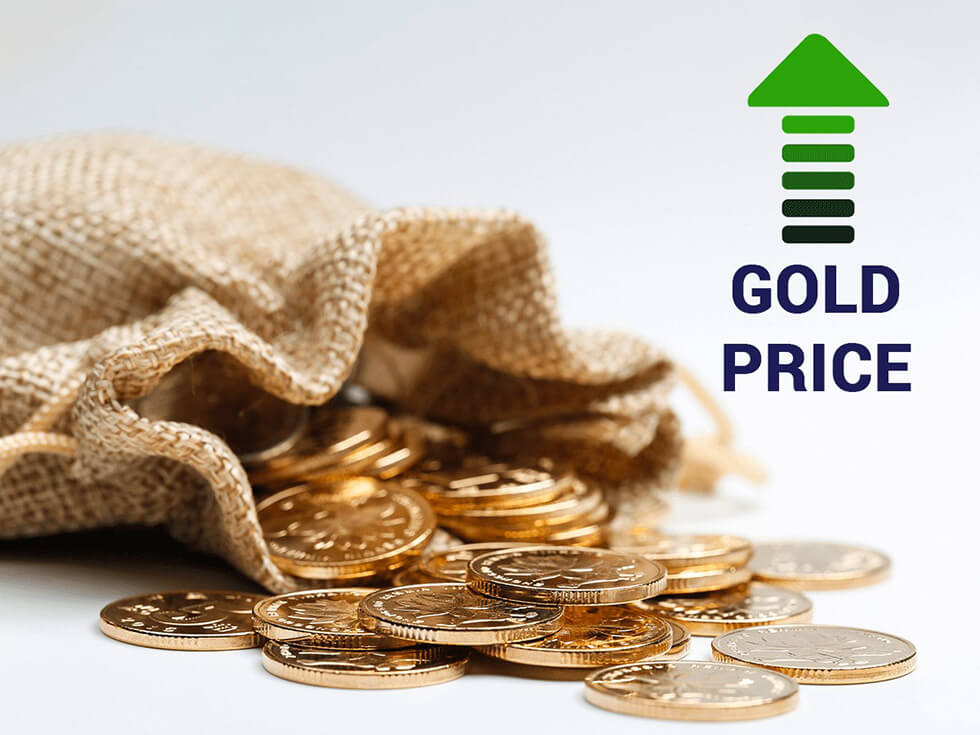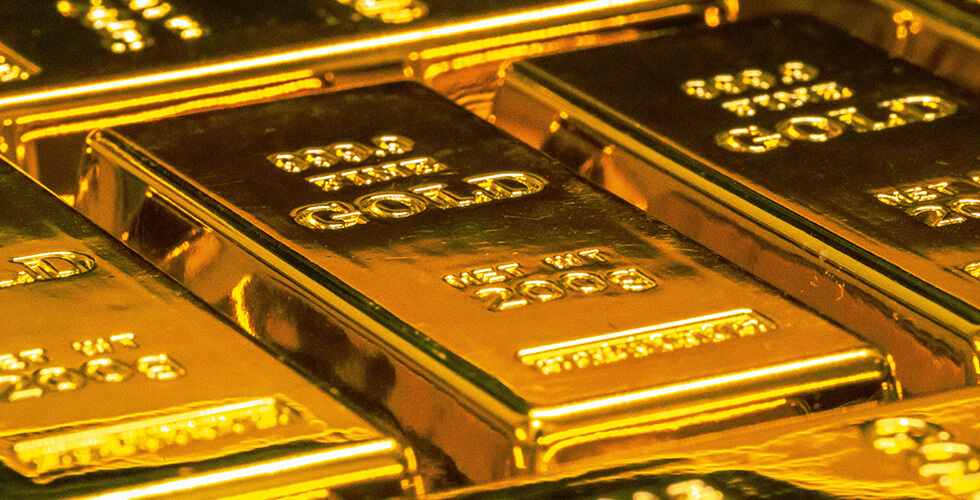Gold Rate hit the market high again & again. The question now arises whether the gold price will continue to rise or consolidate after reaching this high value. At the beginning of April 2024, the gold market witnessed a significant uptick in prices, continuing a trend that underscores this precious metal’s enduring allure and value. This surge can be attributed to a combination of factors that have converged to propel the demand for gold to new heights. non-yielding assets like gold more attractive than interest-bearing investments.
India stands out as one of the foremost consumers of gold globally, with its populace regarding gold as a secure investment option. Consequently, India is the world’s second-largest gold importer. Analysis of market trends reveals a consistent upward trajectory in India’s gold rate history. In this Blog you can see why is gold price Rising.
Interest Rate Cuts and Economic Indicators
Two Federal Reserve policymakers voiced their opinion & stating it would be “reasonable” to expect three interest rate cuts in the U.S. within the year. This perspective comes despite a backdrop of robust economic indicators, which have led some investors to question the feasibility of such moves.
Surge in Gold Prices
The price of gold has surged over 10% since the start of the year, cementing its status as a preferred hedge against inflation and a sanctuary amid political and economic uncertainty. This significant uptick is largely due to considerable purchases by central banks and a rising demand for safe-haven assets. Gold prices typically increase during periods of inflation, as investors seek a hedge against declining purchasing power of fiat currencies. Despite cooling inflation and anticipated rate cuts by the Federal Reserve, gold prices continue their upward trajectory unabated.
U.S. Economic Outlook
Recent data indicates a slowdown in the growth of the U.S. services industry for March, with a concurrent reduction in the prices businesses pay for inputs, hitting a four-year low. These developments suggest a potentially favorable outlook for inflation, influencing investment decisions and monetary policy.

Gold Price History
Over the past four decades, gold has been a beacon of stability amidst the ebb and flow of global economic dynamics. The table below provides a visual representation of historical gold prices, offering insights into its performance over time.
| Year | Annual Gold Rate in India (Rs.) |
|---|---|
| 2024 (April) | 74810 |
| 2023 | 65330 |
| 2022 | 52670 |
| 2021 | 48720 |
| 2020 | 48651 |
| 2019 | 35220 |
| 2018 | 31438 |
| 2017 | 29668 |
| 2016 | 28624 |
| 2015 | 26344 |
| 2014 | 28006 |
| 2013 | 29600 |
| 2012 | 31050 |
| 2011 | 26400 |
| 2010 | 18500 |
| 2009 | 14500 |
| 2008 | 12500 |
| 2007 | 10800 |
| 2006 | 9265 |
| 2005 | 7000 |
| 2004 | 5850 |
| 2003 | 5600 |
| 2002 | 4990 |
| 2001 | 4300 |
| 2000 | 4400 |
For investors, understanding the interplay between gold prices and currency movements is crucial for making informed decisions and managing portfolio risks.
Based on different factors it is difficult to predict whether the gold price will rise or consolidate after reaching such a high price. These factors influencing the status of gold price in the market are:
- Market sentiment based on geopolitical and economic conditions.
- Gold denominating the US dollar’s strength and building pressure.
- Technical factors using the analysis to find out the potential rise in the price of gold.
- Performance in a low-interest rate environment, a rise of trends during a high inflation period.
How is Gold Expected to Perform?
The rise in gold prices is contingent on two pivotal factors: internal and external influences. Internally, factors such as domestic demand, currency exchange rates, and government policies play a significant role in shaping gold’s trajectory. For instance, a surge in demand for gold during cultural festivities or a weakening domestic currency can propel prices upwards.
Externally, global events, geopolitical tensions, and economic conditions in major economies impact the price of gold. Events like conflicts, changes in global monetary policy, and economic crises can trigger a rush to safe-haven assets like gold, amplifying its price.

